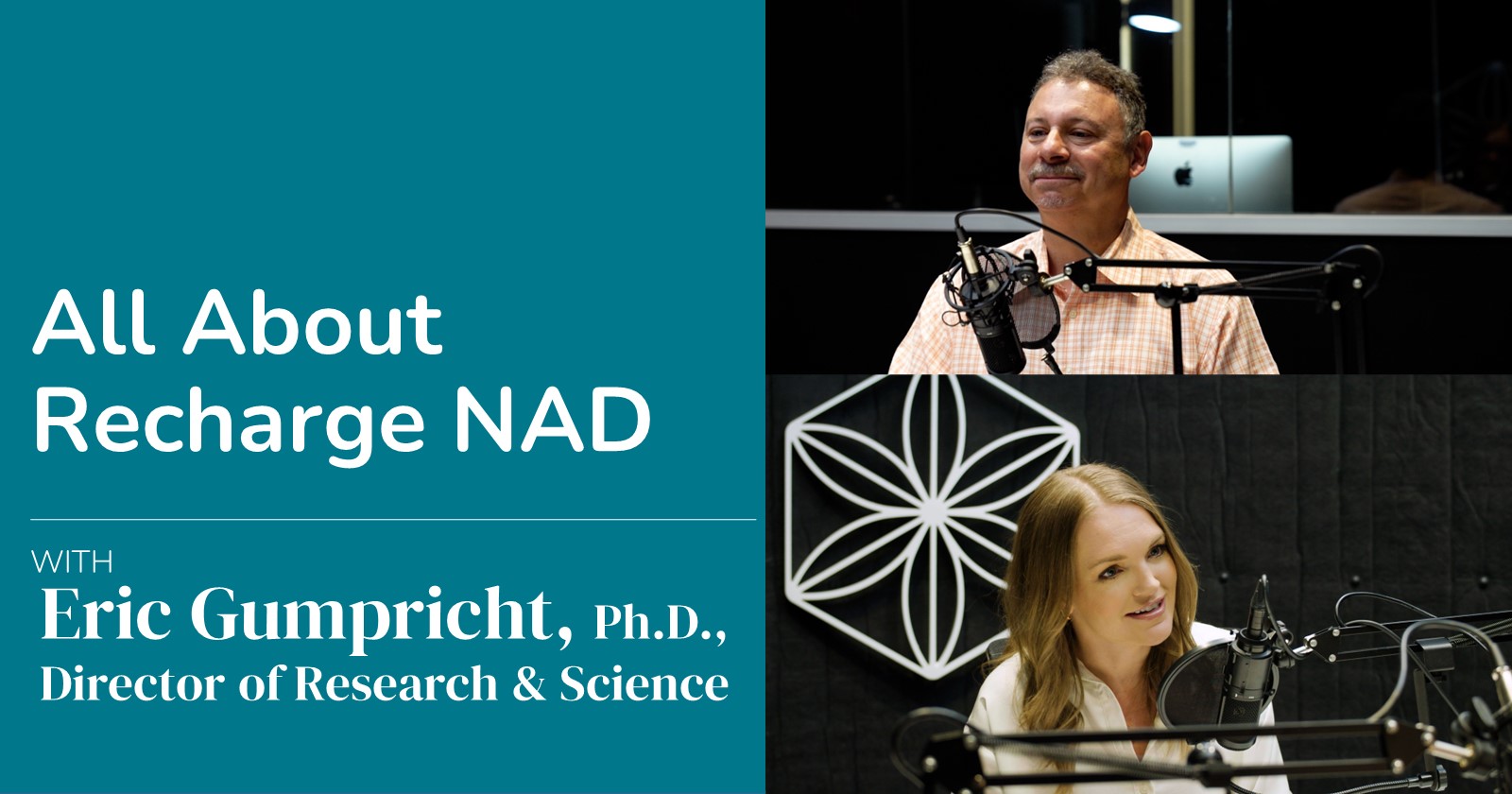If you have never been someone who exercises regularly but are concerned about your heart health, you may be in luck. New research shows that starting an exercise program in middle age can still help keep the heart young.
Regular exercise is one of the most tested methods for overall health benefits. Even though current guidelines suggest 150 minutes of moderate activity each week, the Centers for Disease Control and Prevention estimate that roughly 51 percent of adults meet those guidelines. Research has previously shown that consistent engagement in moderate physical activity throughout life has benefits for cardiovascular health; however, researchers have been unclear as to when starting an exercise program is important. Previous research has also shown that overall fitness in middle age is a strong predictor of future cardiac issues (1).
In a new study, published in the American Heart Association’s journal, Circulation, researchers tested whether closely following a two-year exercise program started in middle age would affect measures of heart aging (2). One measure of heart aging that the researchers evaluated is left ventricular stiffness, or LV stiffness, which refers to a reduced ability of the lower part of the heart to pump efficiently. Just as physical inactivity causes muscles in your body to become stiff and weak, a sedentary lifestyle also causes your heart muscle to become stiff and weak over time. Many older adults have some degree of LV stiffness related to normal aging. However, increasing LV stiffness is a concern when it occurs in middle-aged, sedentary people because it is a marker of future risk for heart failure.
Researchers recruited healthy, sedentary, middle-aged (45-64 years) adults and randomly assigned them to either an exercise training intervention or a control intervention of flexibility and balance movements for two years. Anyone who regularly engaged in exercise greater than 30 minutes was excluded. Exercise physiologists developed individualized training plans and met with participants throughout the intervention to ensure that they stayed on track with their exercise programs.
Workouts consisted of two high-intensity interval sessions, one long (greater than one hour) session, and one shorter 30-minute session each week. The program included a mix of aerobic and resistance training to ensure variety and participant enjoyment. The flexibility and balance control group was prescribed a combination of yoga, balance, and strength training three times per week. This type of exercise was assigned to the control group because even though it has benefits for general fitness, it doesn’t have strong effects on heart health.
Exercise testing for aerobic endurance was completed at the beginning of the study, after 10 months, and again at two years to understand changes in aerobic fitness during the program. The researchers also conducted detailed measurements and imaging on the participants’ hearts to assess LV stiffness.
Results from the study show that two years of consistent exercise training reduced cardiac stiffness and increased cardiovascular fitness and aerobic endurance. There was a significant increase in fitness, 18 percent on average, and decrease in LV stiffness in the exercise group compared to the control group.
The authors concluded that regular exercise training, even when started in middle age, can have heart health benefits and offer protection against the risk of future heart failure attributed to sedentary aging. The combined increase in cardiorespiratory fitness and decrease in LV stiffness from regular cardiovascular exercise gave the participants’ hearts a more youthful level of function, even though they had been sedentary before participating in the study.
Key takeaways from this research show exercise has beneficial effects for heart health, even if you start in middle age. General recommendations are to include 150 minutes of moderate intensity aerobic exercise, and two strength training sessions per week for overall benefits. If you are new to exercise or have any health concerns, check with your doctor before beginning any exercise routine.
References
- Berry JD, Pandey A, Gao A, et al. Physical fitness and risk for heart failure and coronary artery disease. Circ Heart Fail. 2013 Jul; 6(4): 627-634. doi: 10.1161/CIRCHEARTFAILURE.112.000054.
- Howden EJ, Sarma S, Lawley JS, et al. Reversing the cardiac effects of sedentary aging in middle age – a randomized controlled trial: implications for heart failure prevention. Circulation. 2018 Jan; 137(00). doi: 10.1161/CIRCULATIONHA.117.030617.





